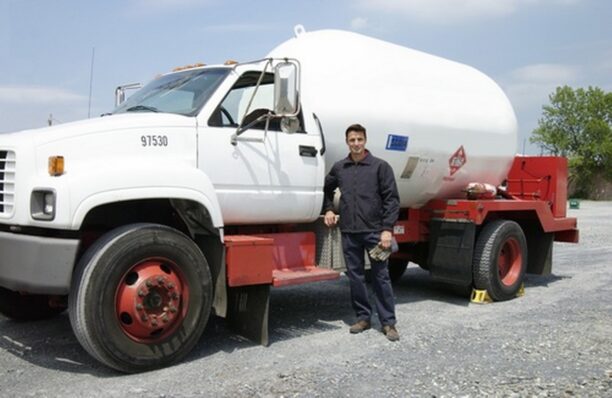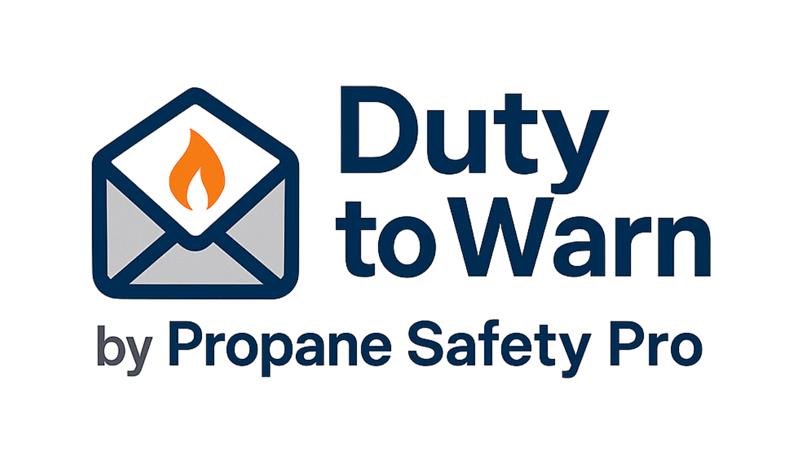Behind the Wheel: Tackling the Bobtail Driver Shortage Head-On

The propane bobtail driver shortage has been a significant issue for the propane industry, particularly over the past few years. This shortage is part of a broader truck driver shortage that has affected various sectors of the transportation industry. Here are some key points about the current situation:
Industry-Wide Driver Shortage
The driver shortage is not unique to the propane industry; it’s part of a larger trend affecting the entire trucking sector. The American Trucking Association (ATA) estimates a need for tens of thousands of additional truck drivers to meet national demand, a gap that is expected to widen in the coming years. The propane industry faces unique challenges within this shortage due to the specialized nature of bobtail drivers. These drivers need specific CDL endorsements to transport hazardous materials like propane safely, making recruitment more challenging.
Seasonal and Regional Variations
The demand for bobtail drivers peaks during the winter heating season when propane use surges, especially in colder regions. This seasonal surge exacerbates the strain caused by the overall driver shortage, leading to delays and logistical challenges during peak periods. In regions like the Northeast and Midwest, where propane heating is common, the driver shortage is especially acute during the winter months. Many companies are forced to hire temporary or seasonal drivers, which can be more costly and less efficient.
Aging Workforce
A significant part of the driver shortage is due to an aging workforce. Many current drivers are approaching retirement age, and the industry is struggling to attract younger drivers to fill these roles. The average age of truck drivers is higher than in many other industries, and the pipeline of new recruits isn’t sufficient to offset the number of drivers leaving the workforce. For propane bobtail drivers, who require specialized training, this issue is even more pronounced.
Training and Certification Barriers
Bobtail drivers must hold a Commercial Driver’s License (CDL) with HAZMAT endorsements, as they are responsible for transporting propane, a hazardous material. The process of obtaining these qualifications can be time-consuming and expensive. For many potential recruits, the cost of training and the additional steps required for HAZMAT certification can be a deterrent. Some companies have tried to address this by offering training programs or covering certification costs, but these initiatives are often not enough to bridge the gap.
Impact of COVID-19 Pandemic
The COVID-19 pandemic further complicated the driver shortage. Training programs for new drivers slowed down or paused, and some older drivers chose to retire earlier than planned due to health concerns. This reduced the pool of available drivers at a time when demand for deliveries increased. Although some training programs have resumed, the backlog from the pandemic period continues to affect the industry. Additionally, the pandemic led to a shift in labor preferences, with some workers seeking more predictable or remote work opportunities rather than the long hours required of drivers.
Rising Demand and Propane Needs
The propane industry has seen rising demand due to increased residential usage for heating, especially during recent severe winters, and commercial and agricultural demand. Additionally, propane has been a key backup energy source in regions recovering from natural disasters such as hurricanes. With demand growing and the driver pool shrinking, many propane distributors face logistical challenges in meeting customer needs on time. This can lead to increased costs for overtime, higher delivery times, and, in some cases, difficulties maintaining service levels.
Strategies to Address the Shortage
Some companies have turned to in-house training programs to help address the shortage, providing potential drivers with the resources to obtain their CDL and HAZMAT certification. Incentives such as signing bonuses, better benefits, and higher wages have also been used to attract new drivers. However, while these incentives may attract candidates, the specialized nature of the job means it takes time to get new recruits up to speed. Technological solutions, such as route optimization and telematics, help maximize efficiency, ensuring that available drivers can cover more ground with less wasted time. These solutions help mitigate, but not fully solve, the challenges of the driver shortage.
The propane bobtail driver shortage is a multifaceted problem that impacts the industry’s ability to maintain reliable delivery services, especially during critical heating seasons. Addressing this shortage requires a combination of long-term recruitment efforts, better incentives, training support, and technology to improve delivery efficiency.














